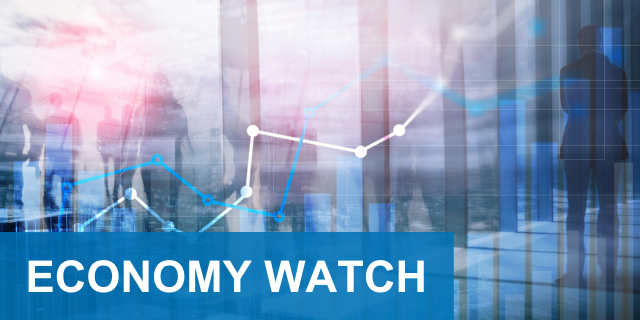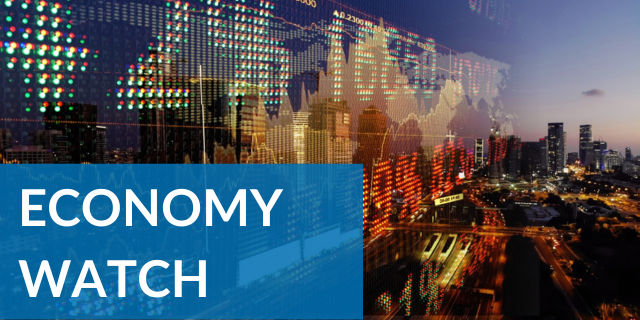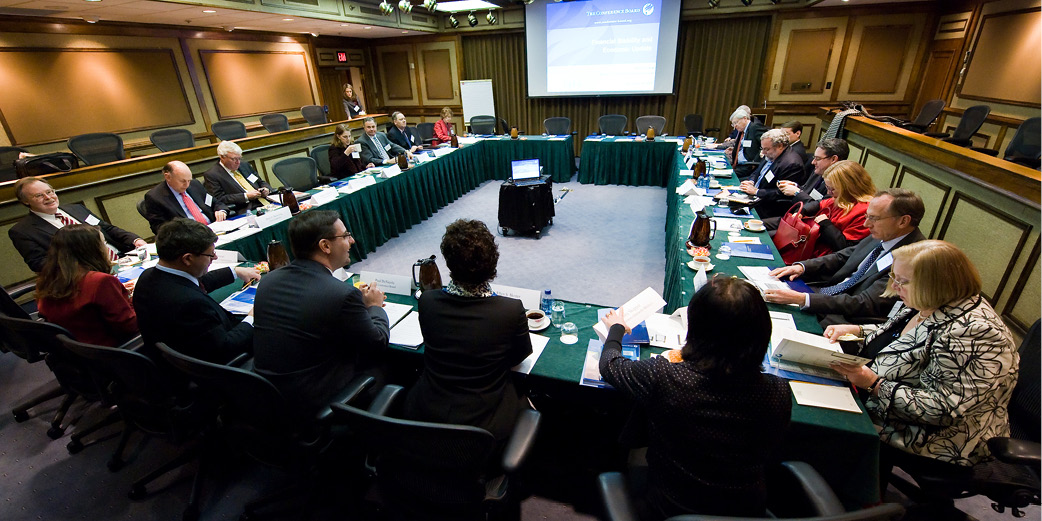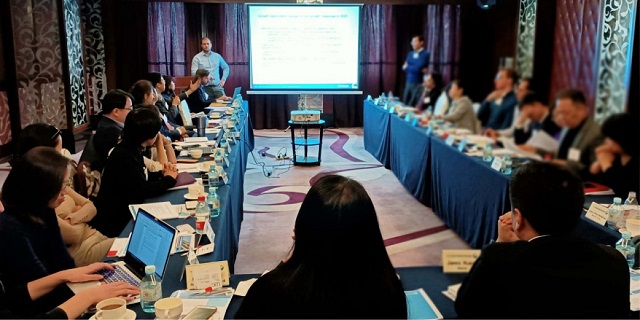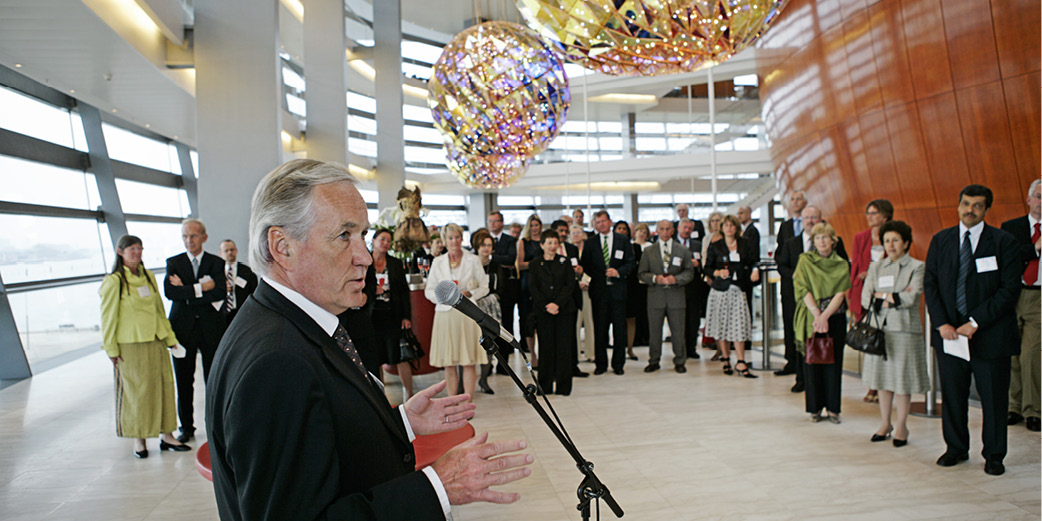This China Center members-only report provides interpretive comments on The Conference Board Leading Economic Index® (LEI) and The Conference Board Coincident Economic Index® (CEI) for China.
The LEI for China increased slightly by 0.1 percent in June from the previous month, down from the 1.1 percent expansion in May. Credit extension accounted for the entirety of the growth in the index this month, more than offsetting the declines in the other components, and indicating that growth, and future prospects for stabilization in the second half of 2012, remain policy- and credit-led.
- The real domestic economy remains weak, as manufacturing production, real estate development and export demand continue to decelerate. Retail sales have yet to show a material uptick, private consumption throughout the second quarter came in far weaker than in Q1 and consumer sentiment remains downbeat. Even inflation, which fell to 2.2 percent in June, gives cause for concern as food prices appear to be on the rise, and falling producer prices highlight the sluggishness in industrial activity.
- Policy easing is ongoing, with accelerated bank lending in June and the most recent interest rate cut coming at the beginning of July, less than a month after the first interest rate cut of this easing cycle in early June. The back-to-back interest rate cuts suggest that lending demand remains relatively weak and that over-leveraged businesses are hesitant to expand in an environment of weak final demand.
- The recently announced second quarter GDP growth rate of 7.6 percent was driven overwhelmingly by renewed investment, particularly in infrastructure, as the central government has continued to step in to offset weakness from the private sector, a situation which does not bode well for the economy’s longer-term rebalancing.
- The acceleration of monetary loosening, along with some support from fiscal and administrative policies, has helped to underpin headline growth, but those measures have yet to provide momentum for the manufacturing sector. Continued policy efforts will likely be ongoing in the coming months, and should eventually feed through to boost genuine economic activity and provide a modest rebound in the second half of 2012.
- For now, however, domestic and external headwinds remain strong, and uncertainties around the sustainability of relatively fast-paced economic growth are significant.








